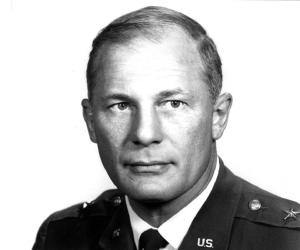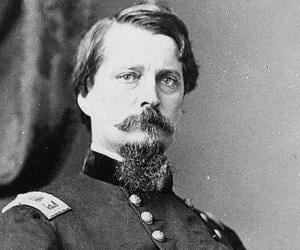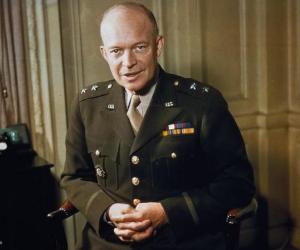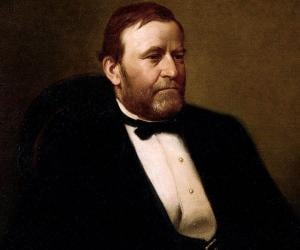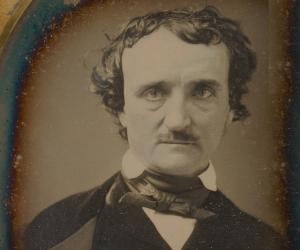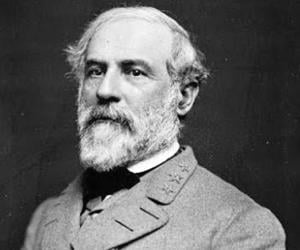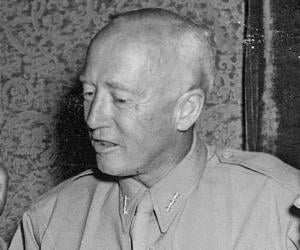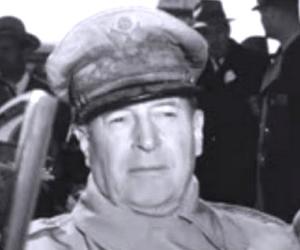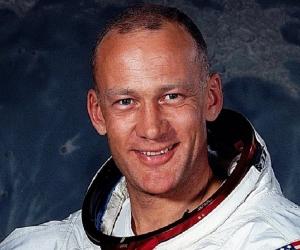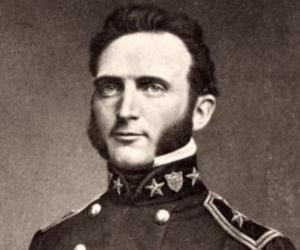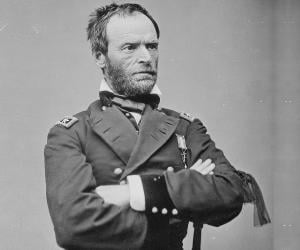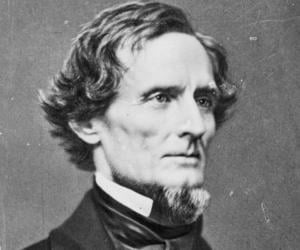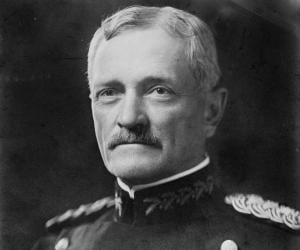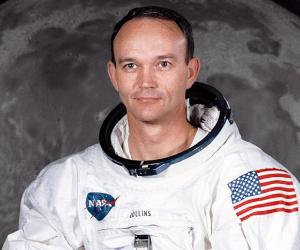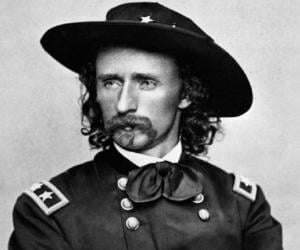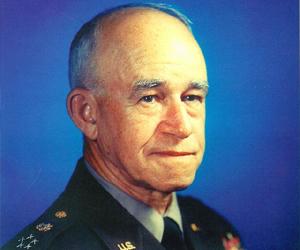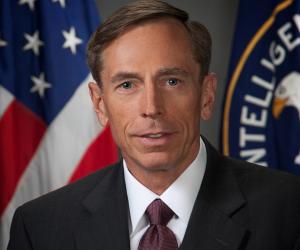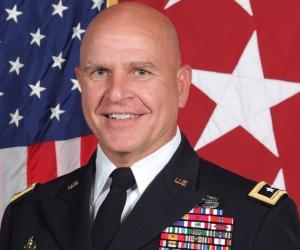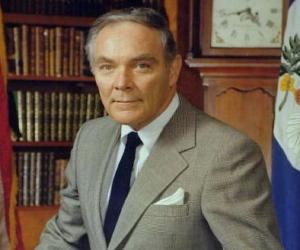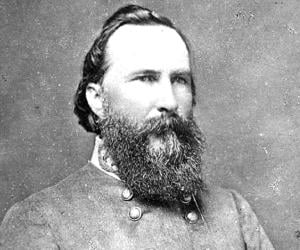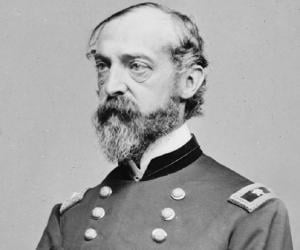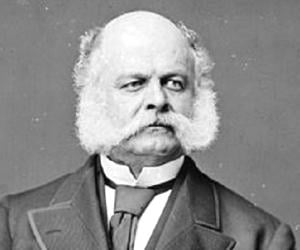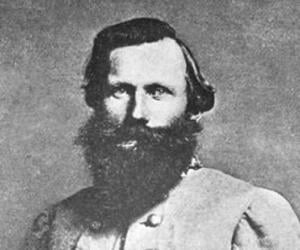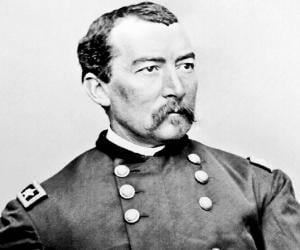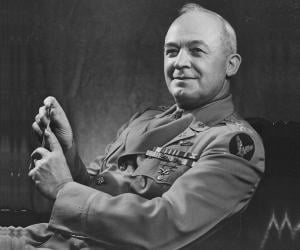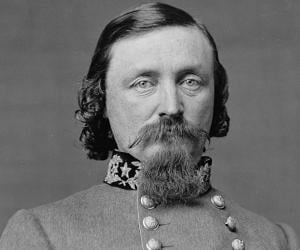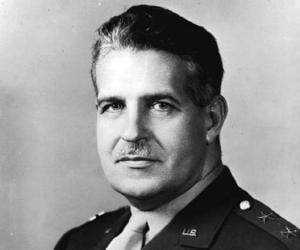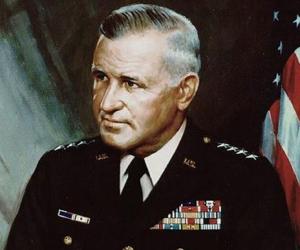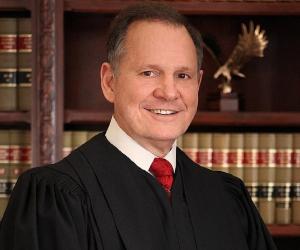The 34th president of the United States, Dwight D. Eisenhower held office from 1953 to 1961. An army officer During World War II, he was part of many successful operations. He signed the Civil Rights Act of 1957, and his two terms as president saw widespread economic prosperity in USA. He is ranked high among American presidents.
The 18th president of the United States, Ulysses S. Grant held office from 1869 to 1877. He led the Union Army as Commanding General of the United States Army during the American Civil War and was a war hero. As president, he stabilized the post-war national economy and created the Department of Justice. Historians generally recognize his presidential accomplishments.
American writer Edgar Allan Poe is regarded as the architect of modern short story, the inventor of the detective-fiction genre and a major contributor towards science fiction genre. The influential writer is recognised for his tales of mystery and macabre. His notable works include The Raven (poem), The Tell-Tale Heart and The Fall of the House of Usher (short stories).
A commander of the Confederate States Army during the American Civil War, Robert E. Lee commanded the Army of Northern Virginia. He was a skilled tactician who served in the US Army for 32 years. Brilliant from a young age, he was a top graduate of the US Military Academy. In his later years, he became president of Washington College.
George Patton was a general of the US Army, remembered for his work as a commander of the Seventh United States Army during World War II. He is also remembered for commanding the Third Army in the Western Front in June 1944 after the Allied invasion of Normandy. His life and work inspired the 1970 epic biographical war film Patton.
Stonewall Jackson was a commander of the Confederate States Army. He played a major role as a Confederate general in the American Civil War, winning several significant battles in the Eastern Theater of the war. Considered one of the most tactically sound commanders in the history of the US, Jackson was idolized by George Patton, Chesty Puller, and Alexander Vandegrift.
Jefferson Davis was the president of the Confederate States of America from 1861 to 1865. He was also the U.S. secretary of war and had fought in the Mexican–American War earlier. He was against secession. He wrote an autobiography named The Rise and Fall of the Confederate Government.
John J. Pershing was a senior United States Army officer who served as the commander of the American Expeditionary Forces (AEF) in World War I. In his later years, he mentored generals who led the United States Army during World War II. He was promoted to General of the Armies rank, the highest possible rank in the United States Army.
Michael Collins is an American astronaut who became the fourth person to perform a spacewalk. He is also the second person to orbit the Moon alone. Collins is best known for flying the Apollo 11 command module Columbia while Buzz Aldrin and Neil Armstrong landed on the Moon. In 1969, Michael Collins was honored with the Presidential Medal of Freedom.
George Armstrong Custer was a US Army officer. He played an important role as a cavalry commander in the American Indian Wars and the American Civil War. His death at the Battle of the Little Bighorn, commonly referred to as Custer's Last Stand, went on to become a well-known episode of the American Indian Wars.

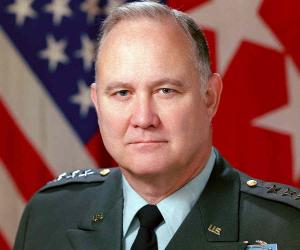
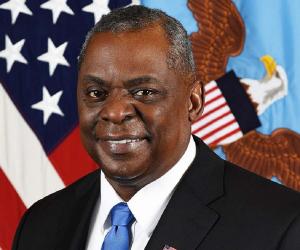
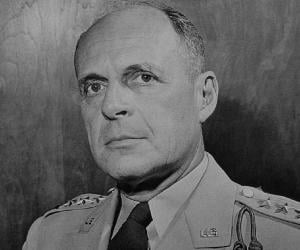
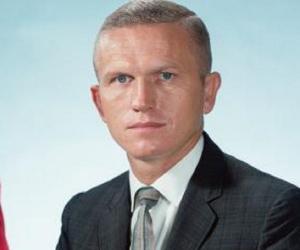
Frank Borman is an American former US Air Force colonel, test pilot, aeronautical engineer, businessman, and NASA astronaut. The commander of Apollo 8, Borman was the first of 24 astronauts to have flown to the Moon. In 1982, Frank Borman was made an inductee of the International Space Hall of Fame.
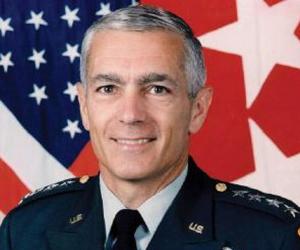
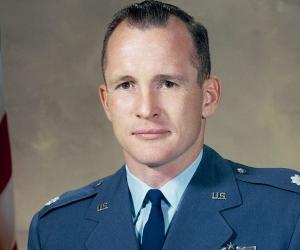
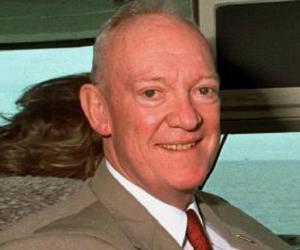
U.S. Army officer John Eisenhower was the son of military-general-turned-president Dwight D. Eisenhower. He had donned many hats, from teaching English to serving on his father's White House staff. He also assisted his father in writing his memoirs and had been the American ambassador to Belgium, too.
George Meade was a civil engineer and United States Army officer best remembered for decisively defeating Robert E. Lee in the American Civil War. After the war, he played an important role during the Reconstruction era. As a civil engineer, George Meade was involved in the construction of many lighthouses.

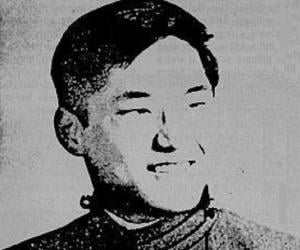
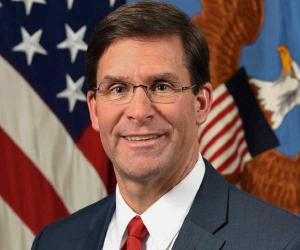
US Army officer Leslie Groves is best remembered for his association with the Manhattan Project, which was aimed at developing atom bombs during World War II. He was also in-charge of building a place to house the War Department’s staff in a structure that later became the Pentagon.
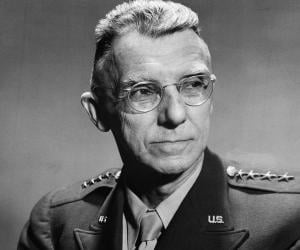
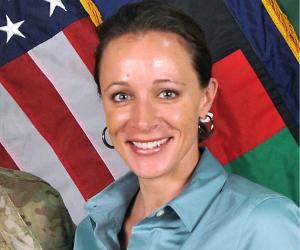
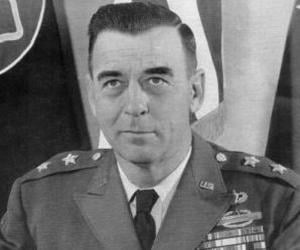

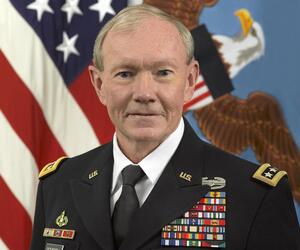
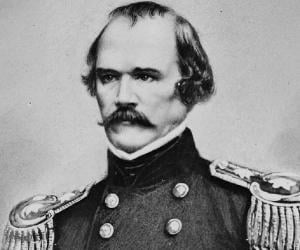
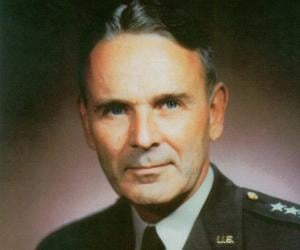
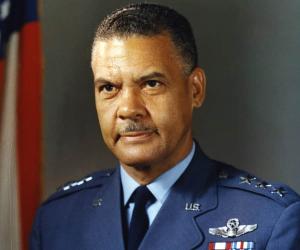
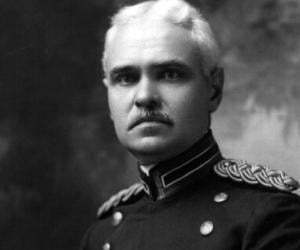
George Washington Goethals was an American civil engineer and US-Army General remembered for his role as an overseer of the construction of the Panama Canal. He also served as the first Governor of the Panama Canal Zone from 1914 to 1917. Goethals has been honored with several tributes, including the Society of American Military Engineers' establishment of the Goethals Medal.
